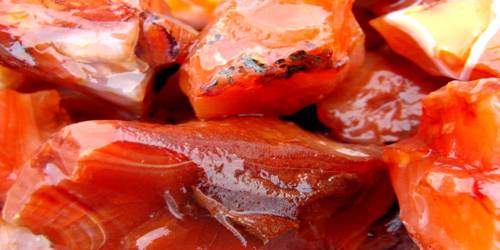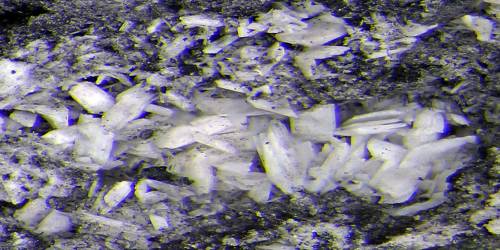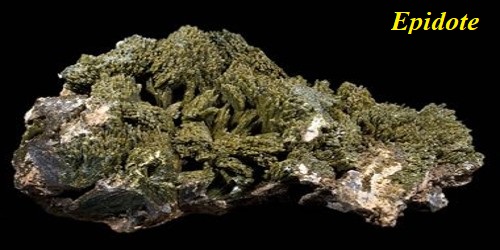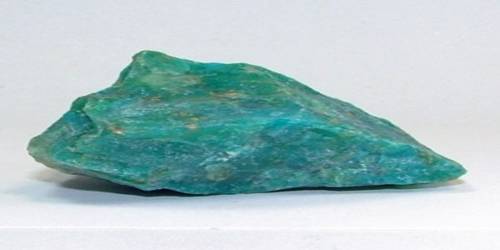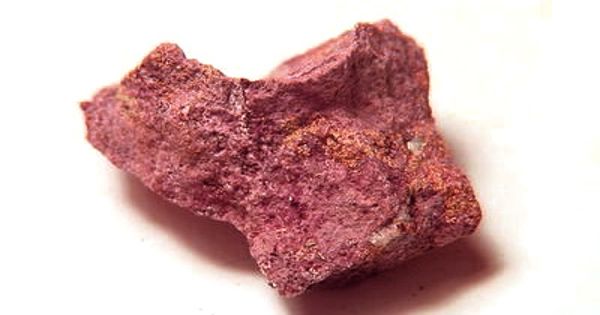Carnelian is a brownish-red mineral commonly used as a semi-precious gemstone. It is the red, orange, or an amber variety of Chalcedony. In ancient Egypt, polished Carnelian crystal was a favorite contrast with Onyx and Lapis Lazuli used in collars and necklaces designed for royalty. Similar to carnelian is sard, which is generally harder and darker. Both carnelian and sard are varieties of the silica mineral chalcedony colored by impurities of iron oxide.
The color can vary greatly, ranging from pale orange to an intense almost-black coloration. It is most common in Brazil, India, Siberia, and Germany. Although still used a gemstone today, its significance and value have been diminished since the ancient times.
General Information
- Category: Chalcedony variety
- Formula: Silica (silicon dioxide, SiO2)
- Crystal system: Trigonal
- Transparency: Transparent to nearly opaque
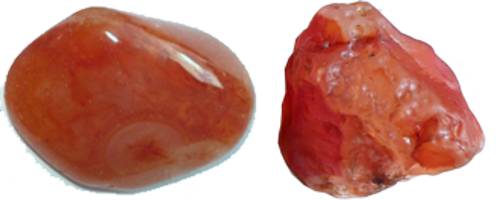
Properties
- Formula mass: 60 g/mol
- Color: Brownish-red
- Fracture: Uneven, splintery, conchoidal
- Mohs scale hardness: 6 – 7
- Luster: Vitreous, dull, greasy, silky
- Streak: White
- Diaphaneity: Translucent
- Specific gravity: 2.59 – 2.61
Occurrence and uses
Carnelian was used widely during Roman times to make engraved gems for signet or seal rings for imprinting a seal with wax on correspondence or other important documents. Hot wax does not stick to carnelian. Because of its hardness of 7, the Carnelian crystal stone was also carved into cameo rings that depicted personal emblems or figures of gods, a popular fashion trend in second century CE.
Information Source;
